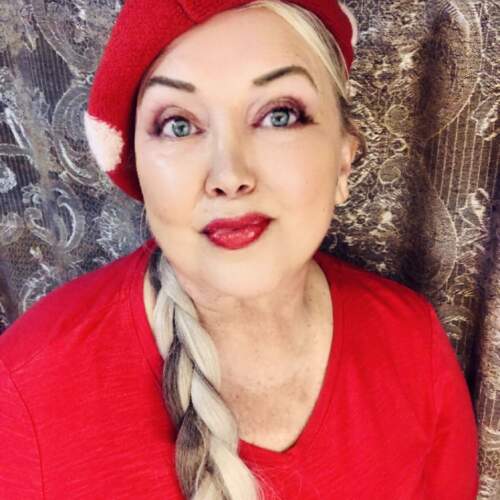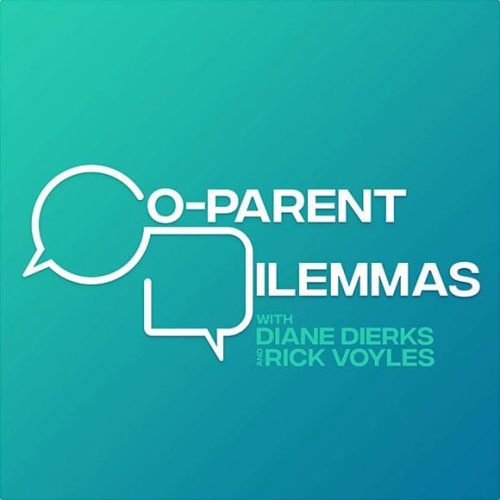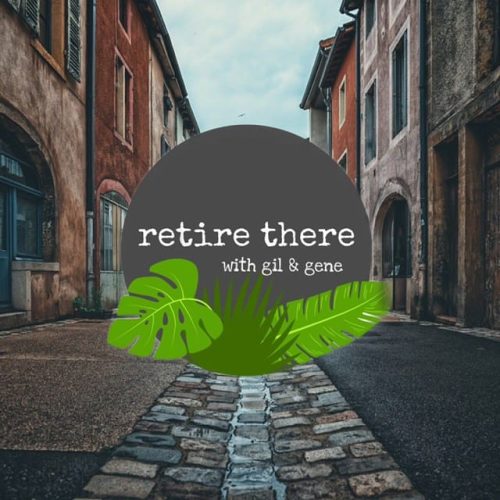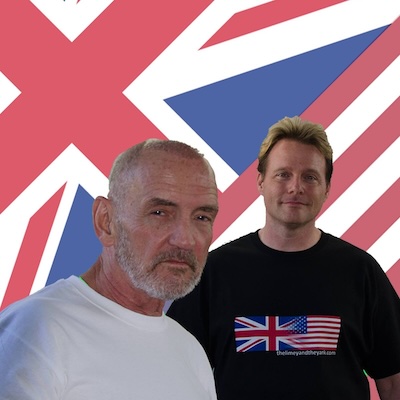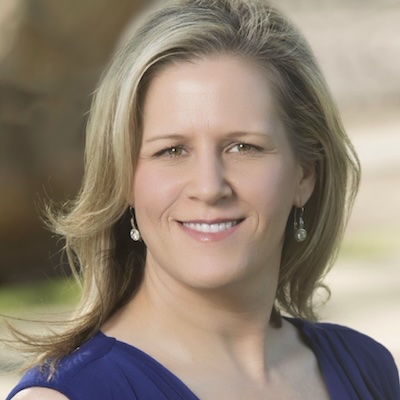Restoring Heart to Hospice: Crafting a Compassionate Orientation
It used to be that end of life workers came to the career because something deep within said, “this is the work for you.” Today, with Hospice being a big business rather than a heart-driven movement, employees often enter the field because it is a job. I’m not saying this is ALL hospice employees. I am saying that as hospice has grown, now having a larger census, the Employment arena has expanded and is now taking employees directly from the medical model. For many, hospice is a job, whereas it used to be an avocation.
Taking care of someone who is at the end of life is different from taking care of someone who is going to get better, BUT most people don’t know this — including most healthcare professionals. Because of the difference in care for end of life, it is important that healthcare workers have special training in end of life care before they begin caring for patients. You wouldn’t send a nurse into ICU without training in its specialities. You shouldn’t send a nurse, a social worker, or a chaplain to care for terminally ill people and their families without specialty training, either.
What do I think special end of life training consists of?
Begin orientation with “Why are you here? What do you know about end of life work? What is your personal experience with dying, death and Grief?” (I know some would consider this too personal. Tell them they don’t have to share but to give it serious thought.) Our personal experiences and our own grief will affect how long we can stay in this work. Also, offer some ideas for self care and Stress the importance of putting their own oxygen mask on first.
Because end of life care is different from “getting better” care, teach the signs of approaching death, the dynamics of dying, death, and grief. Teach what to look for that says a person has entered the dying process. Include training on how to assess if death is within months, weeks, days, or hours of death.
Following training on what to LOOK for, teach what to DO now that you have determined the dying process has begun. Teach what to say and not say in offering support and guidance. Teach nutrition, symptom and pain management, listening, and support skills.
Obviously, by educating staff on how people die and what to do while it is happening, they will provide better care for patients and be more assured in the care they provide.
I know you are thinking, “what about medicare regs, documentation, and compliance?” Yes, you teach those aspects of the job, but you teach the end of life specialty and the kind of care to be given first.
Because of what I am hearing “on the street,” I’m going to add that just shadowing another nurse, home health aid, social worker, or chaplain for a couple of days, in some cases hours, is not orientation. Orientation provides the knowledge and education first so that they will KNOW what they are seeing when shadowing.
A strong orientation program can set the standard of quality for care given.
Something More… about Restoring Heart to Hospice: Crafting a Compassionate Orientation
Here are three resources that you may consider to help structure your agency orientation:
This is How People Die DVD with a downloadable pdf This is How People Die offers my in depth workshop on the dying process. In this three part, award winning DVD, I address the normal dying process from the months before to the moment of death.
The Final Act of Living: Reflections of a Long-Time Hospice Nurse is an end of life book; a resource that reads like a novel, yet has the content of a textbook.
The End of Life Guideline Series Bundle This series prepares its readers for the natural, normal process of dying and grief. It is a compilation of five of our most popular hospice and palliative care books. These resources meet Medicare requirements for consistent family Education and have been shown to significantly improve CAHPS scores and family survey results.
Originally Published on https://bkbooks.com/blogs/something-to-think-about



